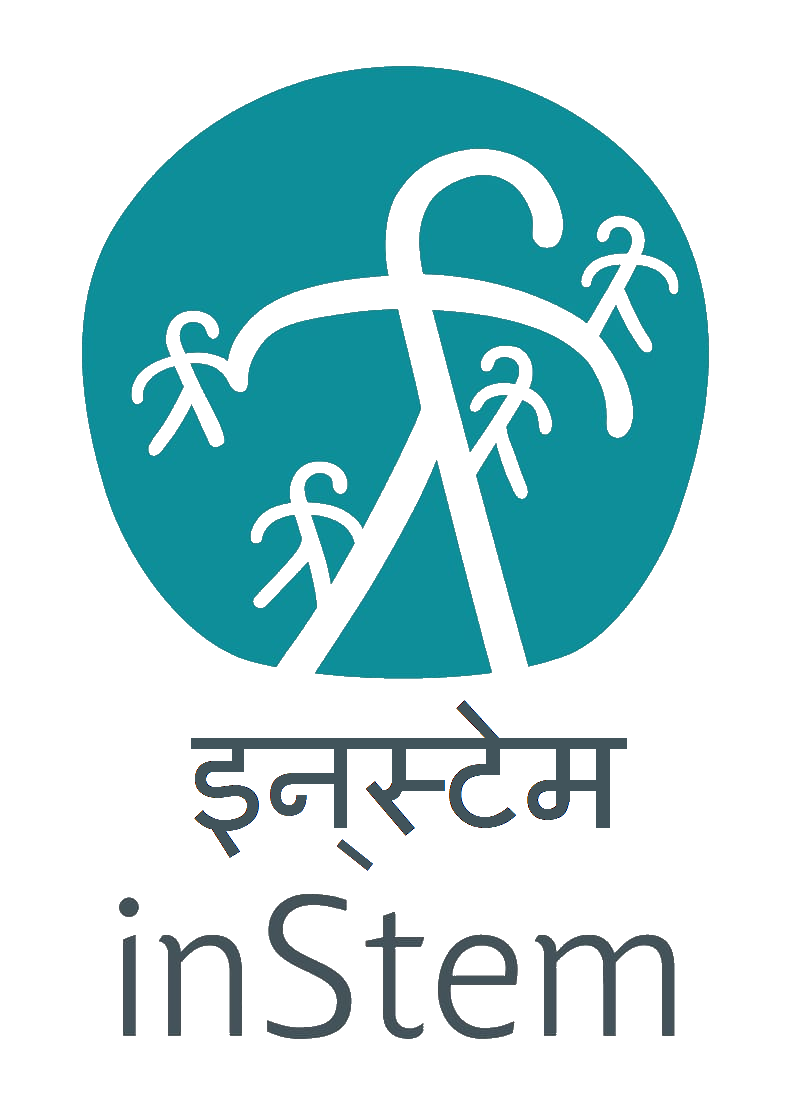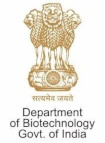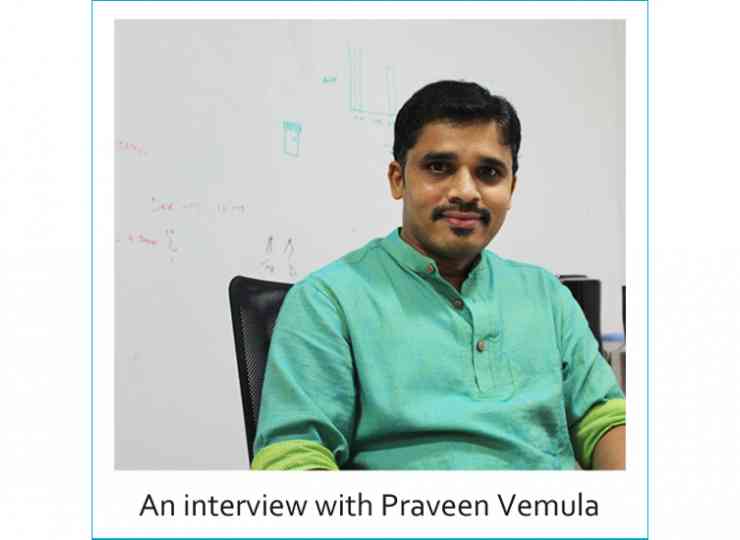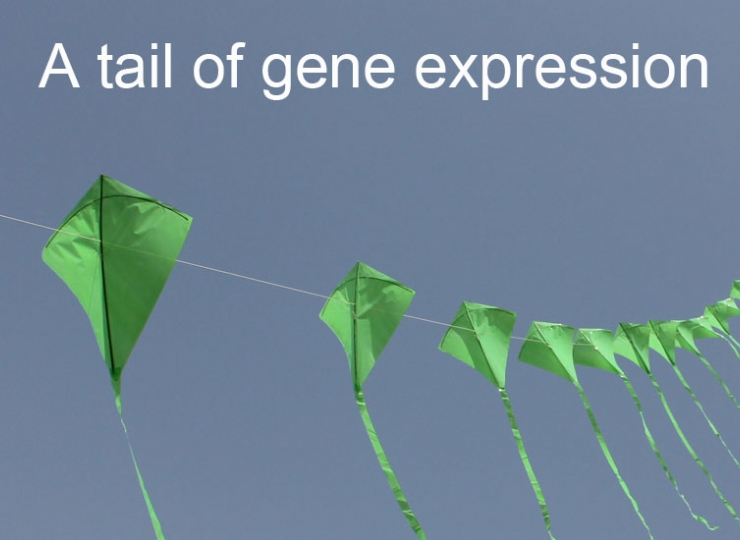The major goal of regenerative medicine is to repair tissues lost to injury, aging or disease. It is interesting that in terms of tissue repair (wound healing), not all organs are equal. For instance, the skin has a remarkable capacity to rapidly heal itself whereas the heart and brain are far less capable of doing so. Understanding how the skin is so efficient at repairing itself may thus provide information on how to speed up repair in other organs. The wound-healing program in the skin is the culmination of an extensive communication between different cells in this organ including keratinocytes in the epidermis, fibroblasts in the dermis, cells in the hair follicle and immune cells that reside in the skin. How all these different cells communicate with each other to coordinate their activities to rebuild an injured tissue is a key question in the field. In particular, researchers in the IFOM-inStem Joint Research Laboratory at inStem, directed by Dr. Colin Jamora, focused on how different stem cells in the skin, which are the building blocks of the organ, are awakened from their “sleeping” state to start generating more cells to close the wound.
Understanding how stem cells in the skin are activated in a wound has been technically challenging as the amount of stem cells that respond to an injury are limited to those that are adjacent to the injury. Scientists in the IFOM-inStem Joint Research Laboratory at inStem were able to overcome this obstacle by using a mouse they previously engineered in which the entire skin displays many features of a wound healing response in the absence of any type of injury or trauma. In this case most of the stem cells are awakened from their normal slumber-like state and carry out the program to heal a non-existent wound. They further isolated the different types of stem cells in the skin and grew them in a dish to perform experiments to determine how they become activated.
Using these tools, Dr. Jamora and his team found that a protein called interleukin-1 (IL-1), which is released from damaged keratinocytes, activate two different stem cell pools in the skin that both contribute to repairing the injury: 1. IL-1 can stimulate a specialized subset of immune cells called Tcells that in turn activates stem cells in the hair follicle to multiply and travel to the wound site to heal the injury; 2. IL-1 can activate dermal fibroblasts, which in turn stimulates stem cells in the epidermis to cover the open wound.
The ability to accelerate wound closure has many health benefits including the prevention of infection as well as shortening recovery time from injury. The discovery by Dr. Jamora and his team provides important new insights into how stores of different stem cells in the skin are mobilized during the wound healing process to help repair the injured tissue. This knowledge can be used to stimulate tissue repair by stem cells in cases such as diabetes that have an impaired wound healing program, which often leads to irreversible tissue damage following an injury.
Link to the paper:
Lee P, Gund R, Dutta A, Pincha N, Rana I, Ghosh S, Witherden D, Kandyba E, MacLeod A, Kobielak K, Havran WL, Jamora C.. Stimulation of hair follicle stem cell proliferation through an IL-1 dependent activation of γδT-cells. Elife. 2017 Dec 4;6. pii: e28875. doi: 10.7554/eLife.28875.












